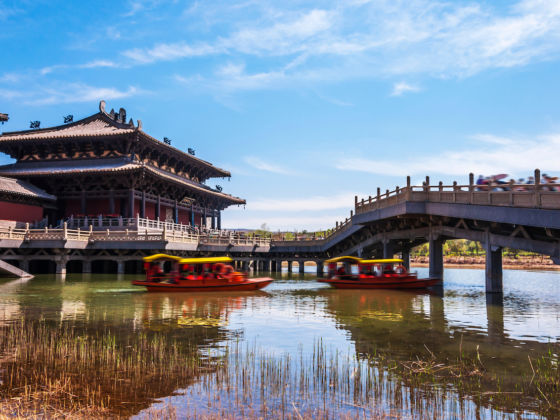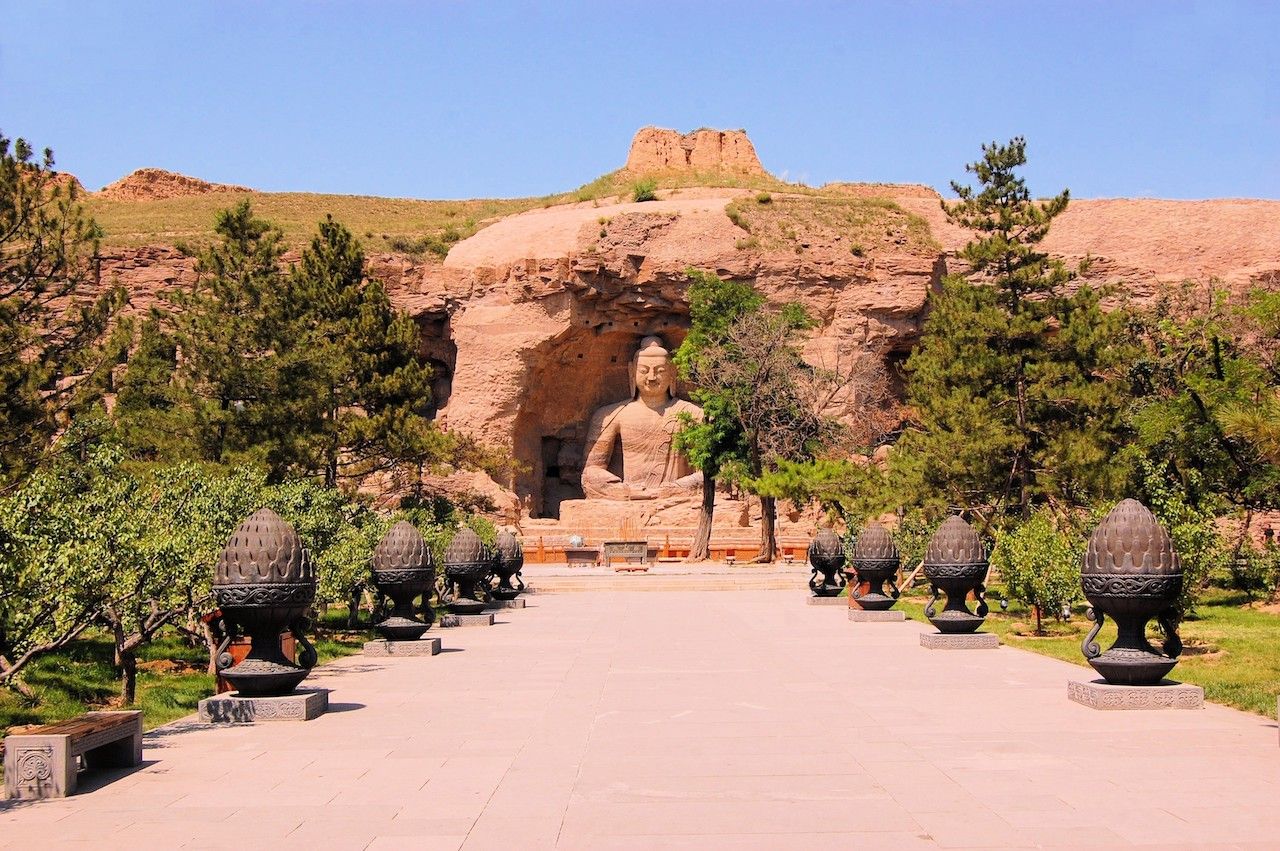Planning a long stay on a trip to Beijing is a great idea. The city is huge and full of incredibly varied attractions — like parks, temples, and museums — that can keep you occupied for weeks. For this very same reason, though, you may want to take a quiet break from the metropolis. Perhaps you hit a smoggy couple of days in the capital and are looking for the perfect two-day getaway. Datong is the ideal spot for a quick escape and a great opportunity to get to know China’s Shanxi Province.
Besides being relatively close to Beijing, Datong, which once functioned as the capital city, has a handful of impressive spots to visit, from grottoes and a hanging temple to an amazing hike that combines nature and architecture. With a little bit of organization, you can easily fit the most important sites into a 48-hour trip.




